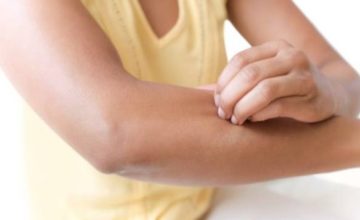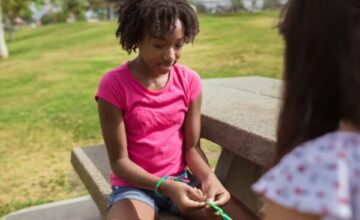
Monkeypox is a highly transmissible disease which is caused by the monkeypox virus.
It is a viral zoonotic disease that primarily occurs in the tropical rainforests of central and west Africa, but can be transported to other regions.
According to the US Centers for Disease Control and Prevention (CDC), monkeypox can transmit from animals to humans and human to humans through direct or close contact with the infectious rash, scabs, or body fluids.
That said, if you’ve come in contact with someone infected with the disease, it is best to get yourself assessed and tested.
Following are some of the steps to take if you get infected or are exposed to the monkeypox infection.
1. First, get assessed and note the symptoms
If you find out that a person, with whom you just dined in or had a close encounter, has been diagnosed with monkeypox, it is important that you get yourself assessed by your healthcare provider. Whether symptomatic or asymptomatic, get yourself tested. So far, the only way to detect the virus is by sending samples to a lab.
Having said that, it is important to stay vigilant and note any symptoms of monkeypox in the body.
Some of the common symptoms associated with the disease include fever, fatigue, body aches and pains, swollen lymph nodes, rashes and lesions, which eventually turn into scabs and start to wear off.
2. Isolate yourself
Monkeypox symptoms usually start within 2 weeks and people are said to be infectious until their symptoms subside and their rashes and lesions have healed properly.
In light of any symptoms listed above, especially swollen lymph nodes and rashes/lesions, isolate yourself and avoid contact with everyone. Maintain your distance until your results come out as negative.
3. Inform people who have come in close contact with you
The next best thing to do is to inform anyone who has come in close contact with you recently. According to the CDC, this includes:
– Direct contact with the monkeypox rash, scabs, or body fluids on your body.
– Touching objects, fabrics (clothing, bedding, or towels), and surfaces that have been used by you.
– Contact with the respiratory secretions you may have released.
– Anyone you has engaged in any sexual activity with you including hugging, kissing or having sexual intercourse.
4. What to do when you’re in isolation
Here are some things you must avoid doing when you’re in isolation due to monkeypox:
– Avoid contact with people, especially those who fall under the high risk group.
– Limit your contact with animals too.
– Avoid sharing items like towels, bedding, bedsheets, brushes etc., with others or allowing them to use your belongings.
– Wear a mask and cover your lesions.
– Wash your hands frequently.
– Maintain proper hygiene
– Stay in touch with your healthcare provider
5. Your caregiver should not be people in high risk groups
While care is necessary and during this time, you may need someone close to you to take care of you, make sure it is not someone who is vulnerable including pregnant, immunocompromised or a child under the age of 12 years.
Ways to reduce your risk
The CDC lists down ways to protect yourself from monkeypox infection. Here are some points to remember:
– Avoid close, skin-to-skin contact with people who have a rash that looks like monkeypox. This means do not touch the rash or scabs of a person with monkeypox nor engage in any sexual activity.
– Avoid contact with objects and materials that a person with monkeypox has used.
– Wash your hands frequently or use alcohol-based hand sanitizer.




